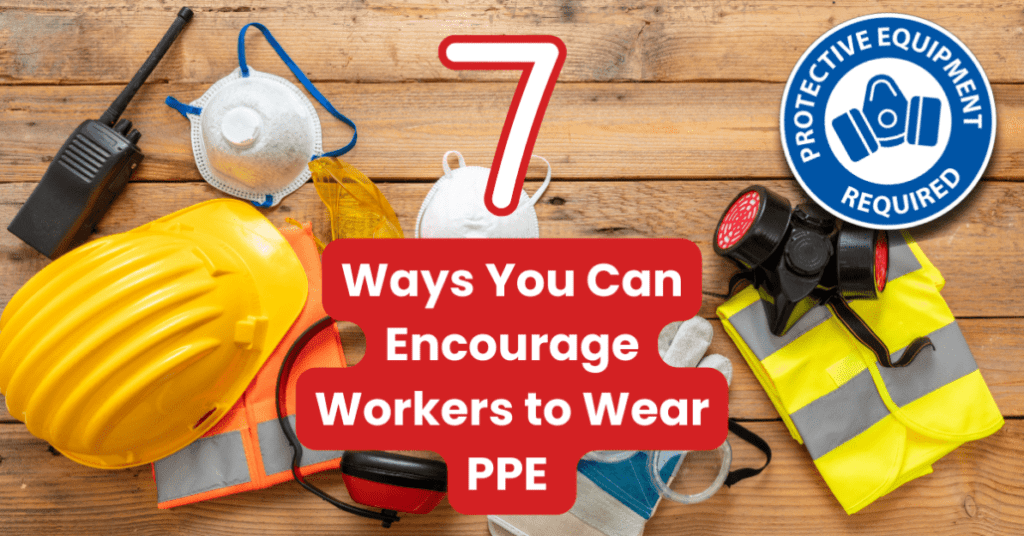7 Ways You Can Encourage Workers to Wear PPE
A significant proportion of HSE (Health & Safety Executive) prosecutions involved failure to wear PPE or Personal Protective Equipment. Ensuring workers wear their PPE is a vital part of ensuring the Health and Safety of your staff. Health & Safety Executive figures show there are around 9,000 PPE related incidents each year.
Your business could face legal action if an employee suffers a work-related injury or ill health due to insufficient use of PPE.
Reasons why workers may take risks and not wear PPE
- They have little to no supervision
- They have a lack of structure or procedures in place
- They have poor awareness and/or a lack of training
- Due to human error or misjudgment
Although there are other reasons why workers might refuse to wear PPE, for example on religious or medical grounds, most refusals are due to poor management, communication and training within an organisation.
So, what can we do to understand why workers are not wearing PPE?
You first need to know the reason they are not wearing PPE. Ask questions such as:
- Is it uncomfortable to wear?
- Is it the wrong size?
- Is it too heavy?
- Does it restrict movement?
Here are a few ways you can encourage workers to wear PPE
1. Have a PPE Policy – Employers have a responsibility and a duty to provide employees with suitable PPE under the Personal Protective Equipment at Work Regulations 2002. Every employer shall ensure that suitable personal protective equipment is provided to his employees who may be exposed to a risk to their health or safety while at work except where and to the extent that such risk has been adequately controlled by other means which are equally or more effective.
2. Let users of PPE help choose PPE – Employees may have preferences on the types of PPE they prefer to wear so you could take this into consideration when ordering PPE.
3. Display safety signs and posters – This seems like a simple strategy, but it can be a highly effective way to promote and reinforce the use of PPE. Reminding workers of where PPE needs to be worn can provide them with a useful reminder.
4. Lead by example – Workers cannot see why they need to wear PPE if senior staff are not doing so too.
5. Provide comprehensive training programs – Offering comprehensive training programs ensures that individuals are well equipped with the knowledge and skills to use PPE effectively. This should include training on:
- Types of PPE available
- Intended use of PPE
- Inspection, care and maintenance of PPE
- Consequences of non-compliance
6. Informing staff of the consequences of non-compliance – In addition to explaining the repercussions of non-conformance with PPE policies, staff should understand the physical consequence of not adhering to PPE regulations. Personal Accounts from people who have suffered injuries or illness because of insufficient use of PPE can really help employees’ awareness of the importance of wearing it. If this is not possible, look for case studies that you can distribute to staff.
7. Use positive reinforcement – This can significantly influence behaviour among workers. Recognising and rewarding staff who consistently adhere to PPE guidelines can boost motivation, job satisfaction, and reduce turnover rates. Some ways you could reward staff could be verbal praise, certificates, or even small incentives.
Communication is key
Protecting your workers from harm should be the top priority and you should communicate this message clearly to create a culture of safety in the workplace. Creating a clear policy on what to wear and why will motivate your workers to comply with the rules and help you discipline those who choose not to follow.
Creating clear lines of communication and allowing workers to make their own PPE choices will help them feel valued and understood. Leading by example and training staff on the importance of PPE will create trust and will improve safety culture in your workplace and help them understand why they need to wear it and what could happen if they choose not to.






